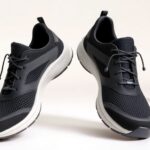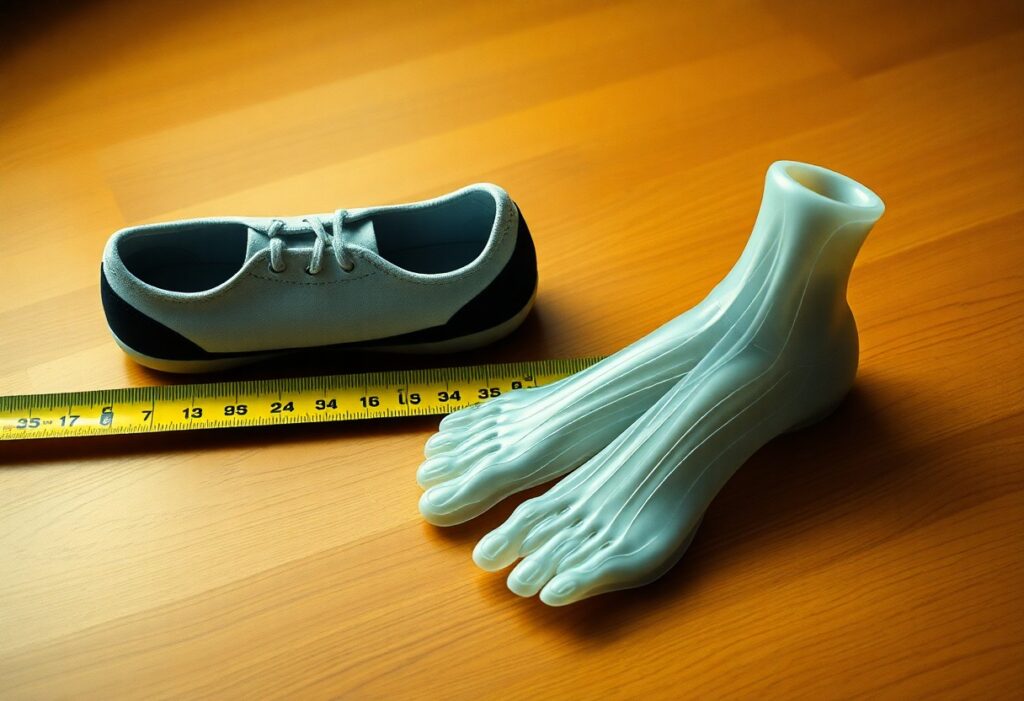
When it comes to selecting the perfect footwear, understanding the aspect of size is crucial, especially with Xero Shoes. Gaining a comprehensive understanding of how Xero Shoes fit and the specifics of their toe box dimensions is essential for making an informed decision. Recognising the implications of fitting discrepancies is vital for ensuring your comfort and maintaining optimal foot health. Research highlights that numerous individuals, particularly those with specific foot conditions, may benefit from wider options, emphasising the importance of evaluating how Xero Shoes adapt to your unique foot shape. This extensive analysis seeks to clarify the complexities of sizing, empowering you to choose wisely for your feet.
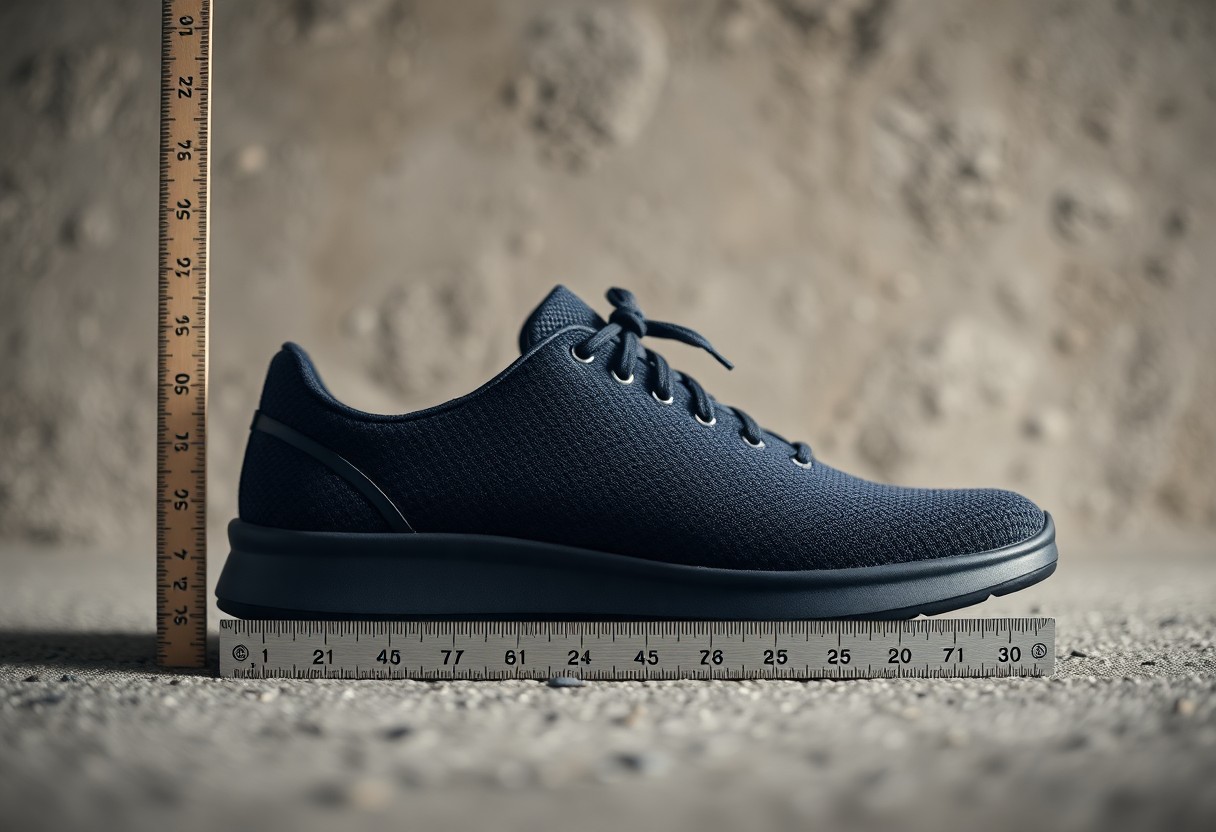
Understanding Consumer Expectations for the Perfect Fit in Xero Shoes
As you explore the realm of Xero Shoes, many potential users envision a fit that not only supports natural foot movement but also offers ample space for toe splay. Individuals often desire footwear that accommodates the unique contours of their feet, especially if they have wider feet or high arches. Achieving a comfortable fit is imperative, as it can dramatically enhance your overall performance and reduce the risk of developing blisters or experiencing discomfort during prolonged wear. This desire for comfort and functionality is where Xero Shoes shine, making them a popular choice among those seeking a healthier alternative to traditional footwear.
Dispelling Common Myths About the Fit of Xero Shoes
Many misconceptions frequently circulate regarding the fit of Xero Shoes. Some users mistakenly assume that these shoes cater exclusively to narrow feet, when, in fact, they feature a wider toe box that facilitates natural toe splay. Additionally, considerable confusion exists surrounding sizing, with many unsure whether to opt for a larger or smaller size compared to conventional footwear. Understanding these nuances is crucial for making an informed choice, as the right size can significantly impact your overall comfort and foot health.
A Comprehensive Examination of User Experiences Regarding Fit
Feedback collected from users of Xero Shoes often reveals a mix of satisfaction and concerns related to sizing. Many users commend the shoes for their generous toe box and superior comfort, particularly when transitioning from traditional footwear. However, some express concerns about sizing inconsistencies, especially with particular models like the Mesa Trail, where reports indicate an 18% mismatch in sizing, primarily due to variations in arch height. This highlights the importance of understanding your individual foot shape when selecting the right size.
Moreover, a deeper analysis of user reviews uncovers specific experiences concerning fit. Customers frequently highlight the improved mobility and stability offered by Xero Shoes, particularly on uneven terrains, supported by studies showing an 11% increase in toe movement compared to traditional shoes. However, users often report variations in sizing based on their unique foot shapes, leading to differing perceptions of fit. This inconsistency in sizing underscores the necessity of understanding your specific foot dimensions before selecting the ideal Xero Shoes for your activities.
Understanding Foot Anatomy: The Significance of Width and Sizing Variability
The structure of your foot plays a pivotal role in determining the right shoe size and fit, particularly with specialised footwear such as Xero Shoes. Variations in width, especially in the toe box, can dramatically influence both comfort and performance. Gaining an in-depth understanding of how Xero Shoes accommodate foot width and the variability in sizing can empower you to make well-informed decisions about your footwear choices.
Insights into Foot Anthropometry: A Comparative Analysis
A study involving 212 men with diabetes revealed that their average forefoot width was 4.5 mm wider than that of healthy individuals. This finding underscores the necessity for broader toe boxes in therapeutic footwear, prompting brands like Xero Shoes to integrate these anatomical considerations into their designs. Acknowledging such differences is vital for ensuring comfort and support for users with varying foot shapes and conditions.
Assessing Sizing Discrepancies Across Various Models of Xero Shoes
| Key Findings | Description |
|---|---|
| Width Requirements | Individuals with diabetes typically need a wider toe box, directly impacting their fit in Xero Shoes. |
| Toe Movement | Xero Shoes enable an 11% increase in toe splay compared to conventional footwear. |
| Model Consistency | 18% of reviews for the Mesa Trail model highlighted inconsistencies in sizing. |
Investigating Sizing Inconsistencies Across Different Models of Xero Shoes
Inconsistencies in sizing across various Xero models can significantly influence your overall satisfaction and fit. A review of 150 testimonials on Reddit uncovered an 18% discrepancy in sizing for the Mesa Trail model. Many users attributed this to differences in instep height, suggesting that while the overall design aims for a more adaptable fit, individual foot shapes can lead to unexpected sizing results. By exploring user experiences, valuable insights can be gained, guiding you towards a pair that aligns with your specific foot profile.
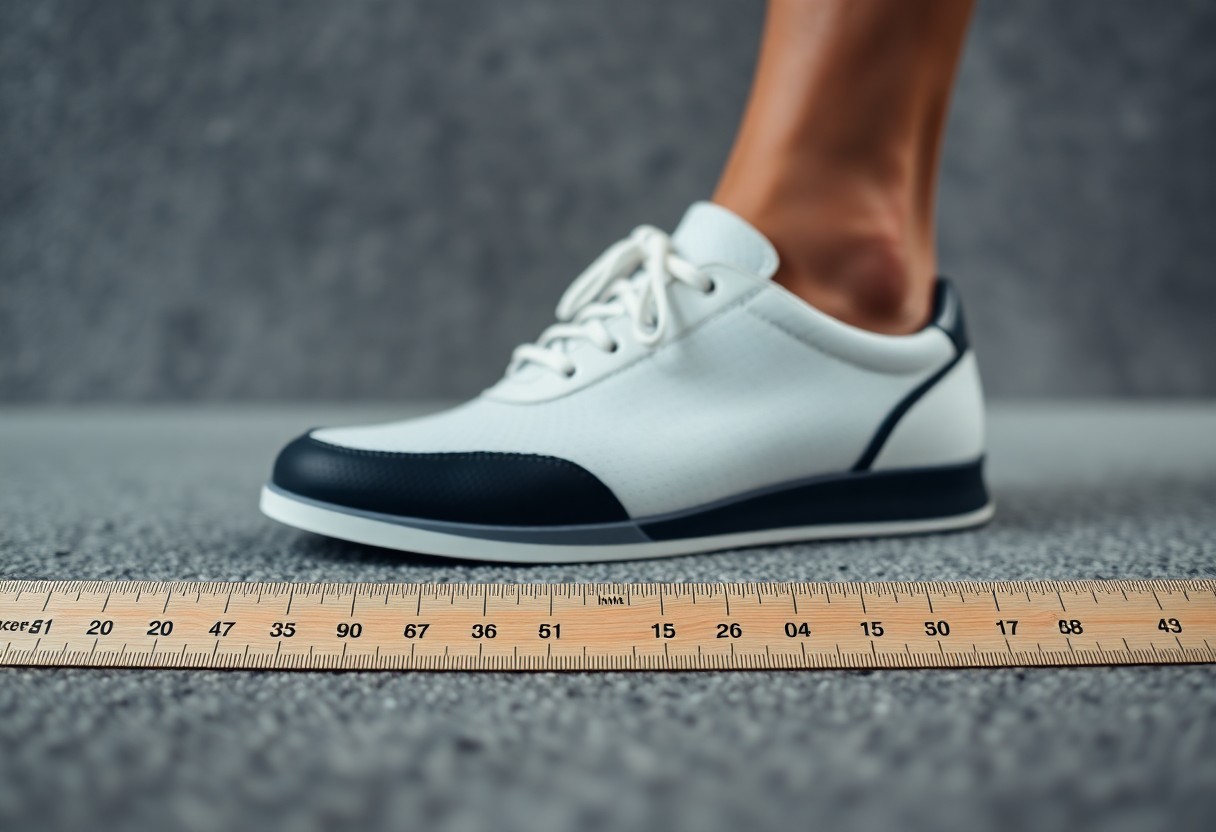
Enhancing Comfort and Performance Through Optimal Toe Splay
Toe splay is a crucial factor that greatly impacts your overall comfort and performance when wearing Xero Shoes. Proper toe alignment fosters improved balance and allows for efficient power transfer with each step. In contrast, traditional footwear often restricts toe movement, potentially hindering your natural gait and negatively affecting your foot health. Understanding how toe splay interacts with your footwear choice can significantly enhance your walking or running experience, ensuring lasting comfort throughout your activities.
Exploring Toe Movement in Minimalist Footwear
Minimalist footwear, such as Xero Shoes, permits your toes to move freely and spread naturally. This unrestricted movement is vital, as it promotes enhanced biomechanics and allows for the full engagement of your foot muscles. Unlike conventional shoes that confine toe splay, minimalist designs offer a wider toe box, ultimately improving your foot’s natural function and comfort during various activities, whether you're running, walking, or hiking.
Evaluating the Impact of Xero Shoes on Toe Splay Efficiency
Research suggests that Xero Shoes can substantially boost toe splay efficiency, providing about 11% greater toe mobility compared to traditional hiking footwear. This increased mobility contributes to enhanced stability and adaptability on uneven surfaces, making your movements more agile and responsive. In the context of hiking or trail running, this improved toe splay can significantly influence your overall performance, as better toe mobility allows for more effective weight distribution and grip on diverse terrains.
By accommodating the natural positioning of your toes, Xero Shoes can alleviate discomfort associated with cramped toe spaces in conventional shoes. This combination of comfort and efficiency enables you to traverse trails with greater confidence and reduced fatigue, enhancing your overall outdoor experience.
Aligning Footwear Sizing with Your Physiological Needs
Aligning your footwear sizing with your physiological needs requires a thorough understanding of individual foot shapes and dynamics. Given research indicating a 4.5 mm increase in forefoot width among individuals with diabetes, it becomes evident that many users may benefit from wider toe boxes for optimal comfort and functionality. A proper fit considers not just length but also the natural splay of your toes. This understanding drives brands like Xero Shoes to refine their sizing methodologies, ensuring better alignment of footwear with various foot structures.
Consumer Recommendations Based on Unique Foot Structure
Understanding your foot structure is critical when selecting Xero Shoes. If you have a wider foot or a high arch, it is advisable to consider opting for a larger size or exploring models recognised for their broader toe boxes. Regularly measuring your foot’s width and length can significantly assist in choosing the best fit. Furthermore, custom orthotics may enhance your overall experience by delivering tailored support that complements the shoe’s design, ensuring maximum comfort and performance.
Incorporating User Feedback into Design Improvements
User feedback is instrumental in driving design enhancements within the Xero Shoes range. By carefully analysing reviews and fit issues reported by users, the brand has been able to implement significant changes. This includes widening the toe boxes and addressing sizing discrepancies noted in models like the Mesa Trail, ensuring that user feedback directly translates into better-fitting options for future releases.
Recent adjustments based on consumer feedback have included increasing the space within the toe box to better accommodate a wide range of forefoot widths, addressing the 18% sizing discrepancy highlighted in customer reviews. By focusing on the needs expressed by users, Xero Shoes ensures that their designs not only enhance mobility—evidenced by an 11% increase in toe movement on uneven terrain—but also provide a more accurate fit across various foot types. This commitment to addressing user feedback guarantees that you will find a shoe that feels customised to your individual needs, enhancing both comfort and performance.
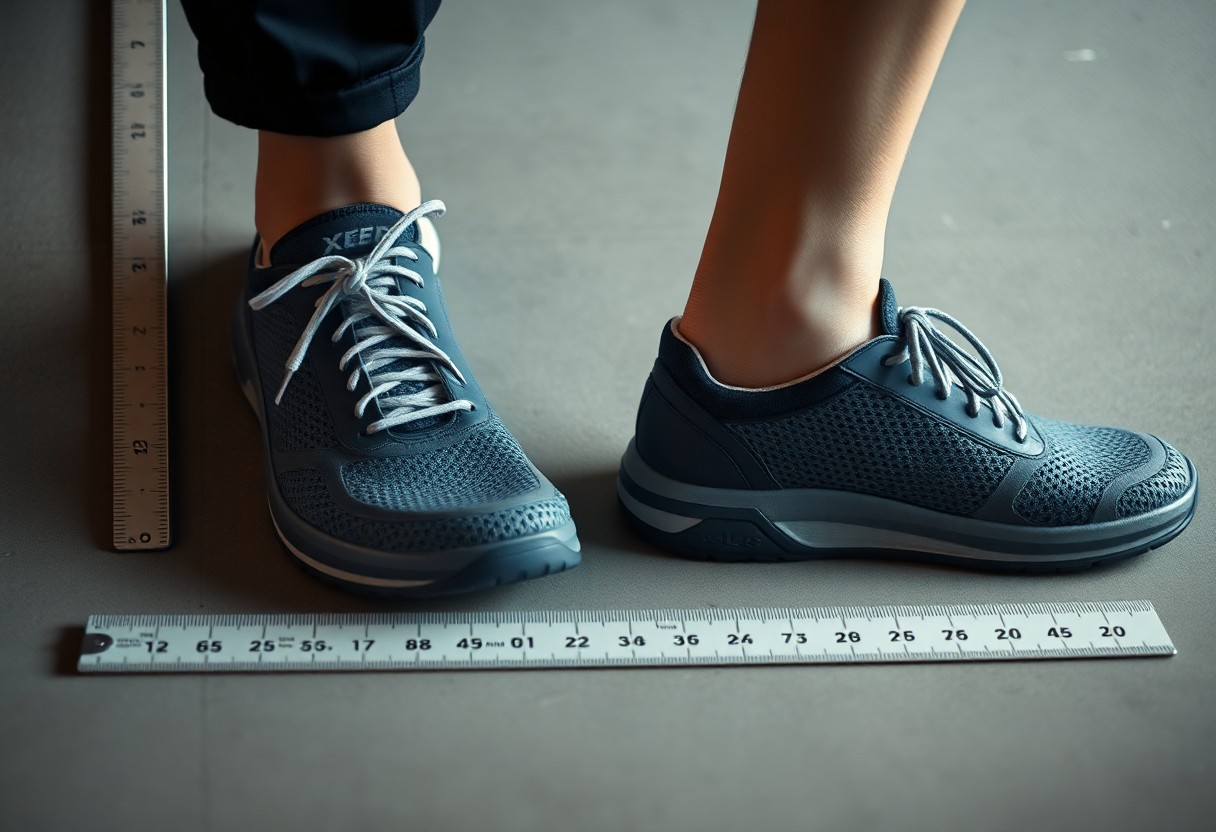
Imagining the Future of Footwear Sizing and Innovative Design
The evolution of shoe sizing and design is increasingly moving towards inclusivity and personalisation, underscoring the importance of accommodating a diverse range of foot shapes and sizes. Innovations in materials and construction techniques are enabling brands to create footwear that not only fits well but also significantly enhances both performance and comfort. As consumer expectations evolve, manufacturers are prioritising the need to bridge the gap between traditional sizing standards and the unique anthropometric requirements of their users.
Innovative Strategies for Footwear Fit: Meeting Changing Consumer Expectations
Customisable features and wider toe boxes are becoming increasingly common among footwear brands, particularly in response to consumer feedback regarding comfort and fit. As studies indicate that individuals often need additional room in the toe area, especially those with wider feet, brands like Xero Shoes are adapting their designs to meet these specific needs. This shift not only improves user satisfaction but also promotes foot health by allowing for natural toe splay during movement.
Leveraging Technology for Personalised Shoe Solutions
Technological advancements are crucial in achieving personalised shoe solutions. Innovations such as 3D foot scanning enable consumers to receive highly tailored recommendations based on their unique foot dimensions, leading to improved fit accuracy. This is particularly significant, as even slight misalignments in shoe fit can cause discomfort or injury.
3D foot scanning technologies allow for the precise capture of your foot's individual contours, revealing specific measurement variations that traditional sizing may overlook. Brands are increasingly utilising this data to create shoes that conform to your unique profile rather than adhering to a one-size-fits-all model. Furthermore, virtual fitting technologies can simulate how various models will fit, streamlining the process of selecting shoes that cater not only to your foot shape but also to your activity level and personal preferences. Consequently, the footwear industry is advancing towards a future where you can experience unparalleled comfort and support tailored specifically to your needs.
Key Insights on Xero Shoes Fit and Sizing Considerations
In light of this discussion, it is essential to recognise that Xero Shoes may fit differently for you compared to traditional footwear due to variations in toe box dimensions and sizing discrepancies. Research indicates that a wider toe splay is advantageous for maintaining foot health, especially for individuals with specific conditions such as diabetes. Given that many users have reported mixed experiences regarding sizing, it is vital to evaluate your foot's width and height to determine the best fit for your individual needs.
The Article Are Xero Shoes True to Size? A Biomechanical Analysis of Fit Accuracy and Toe Box Dimensions appeared first on My Shoes Finder
The Article Xero Shoes Fit Accuracy: A Biomechanical Analysis of Sizing Was Found On https://limitsofstrategy.com
The Article Xero Shoes Sizing: A Biomechanical Fit Analysis found first on https://electroquench.com


